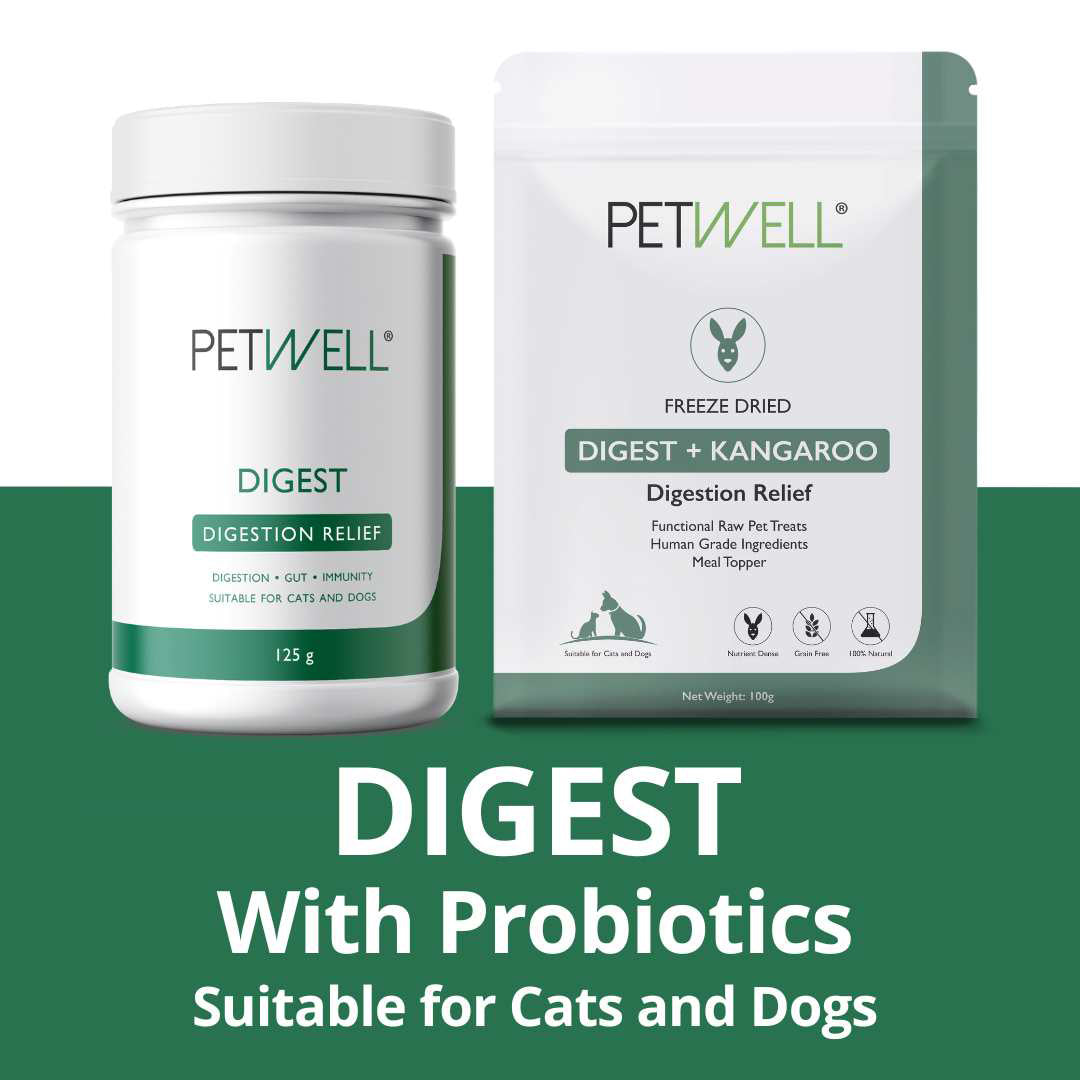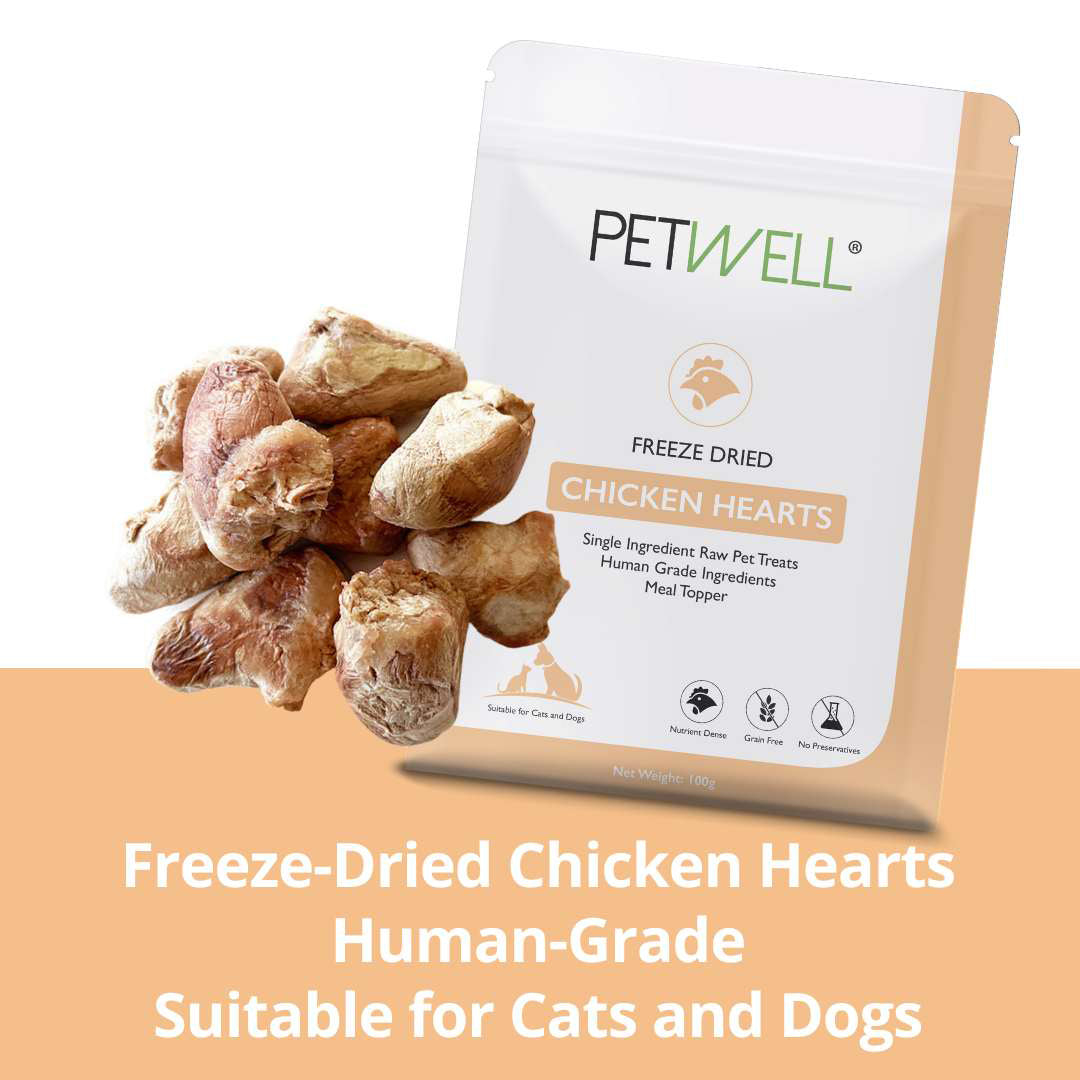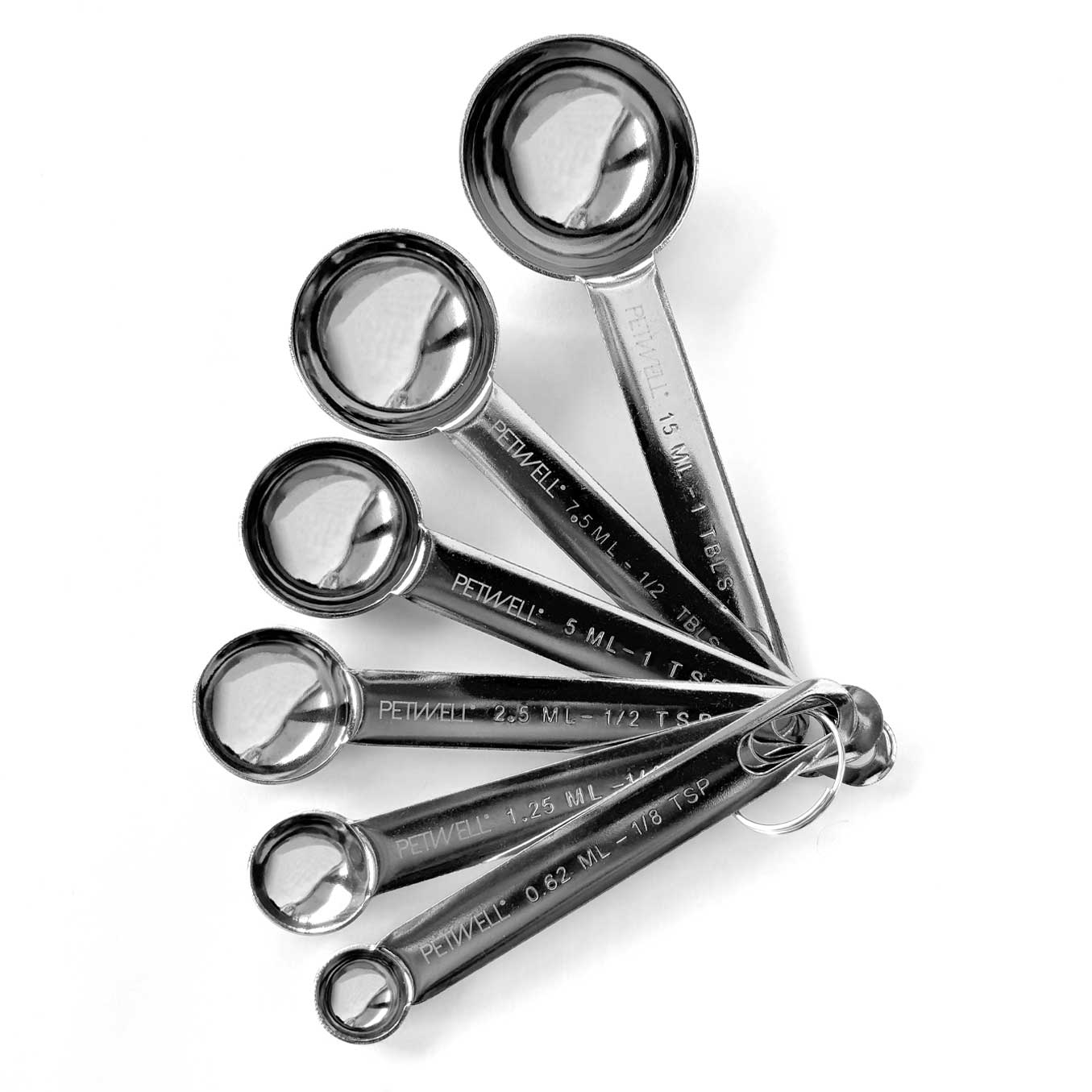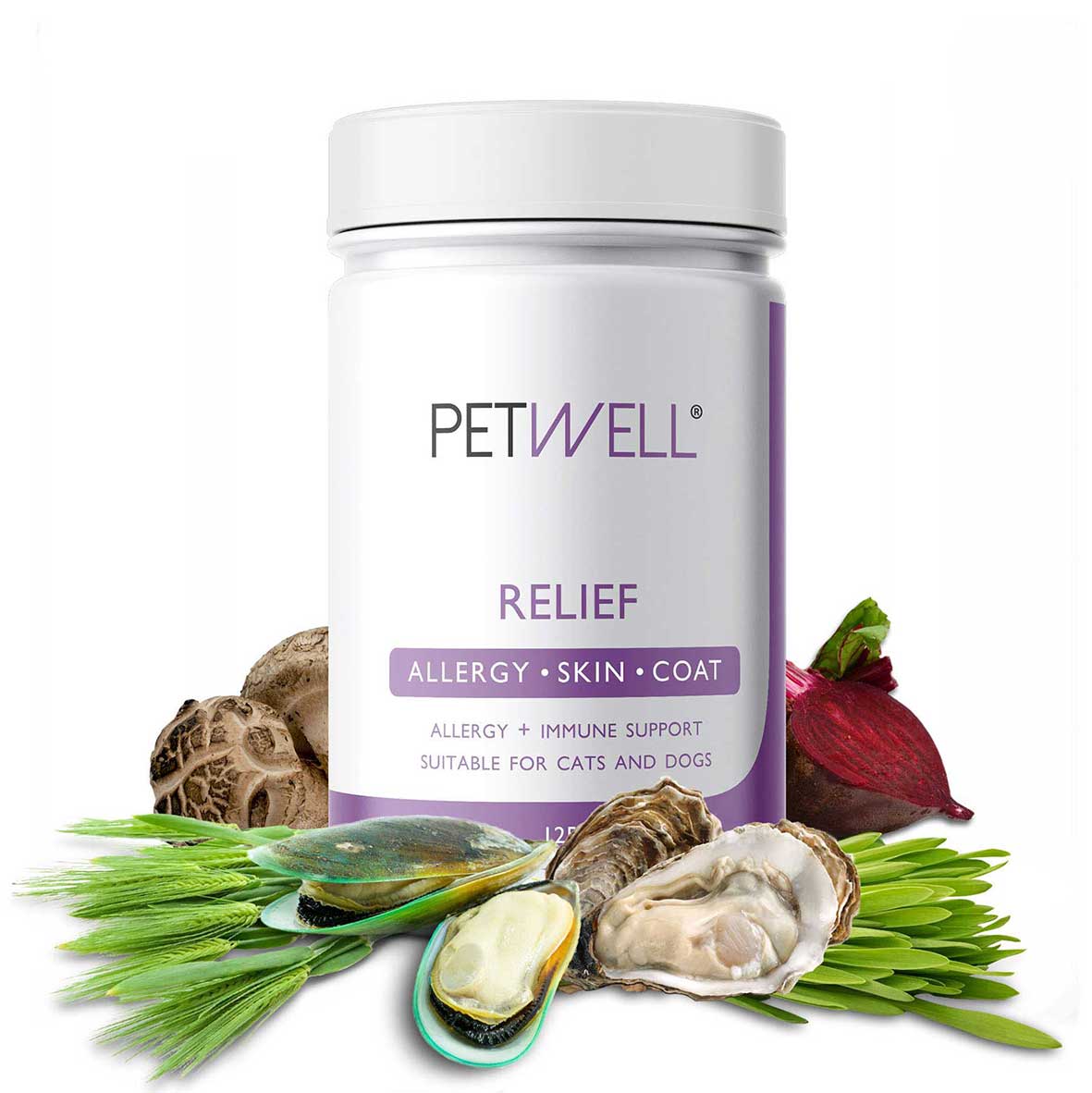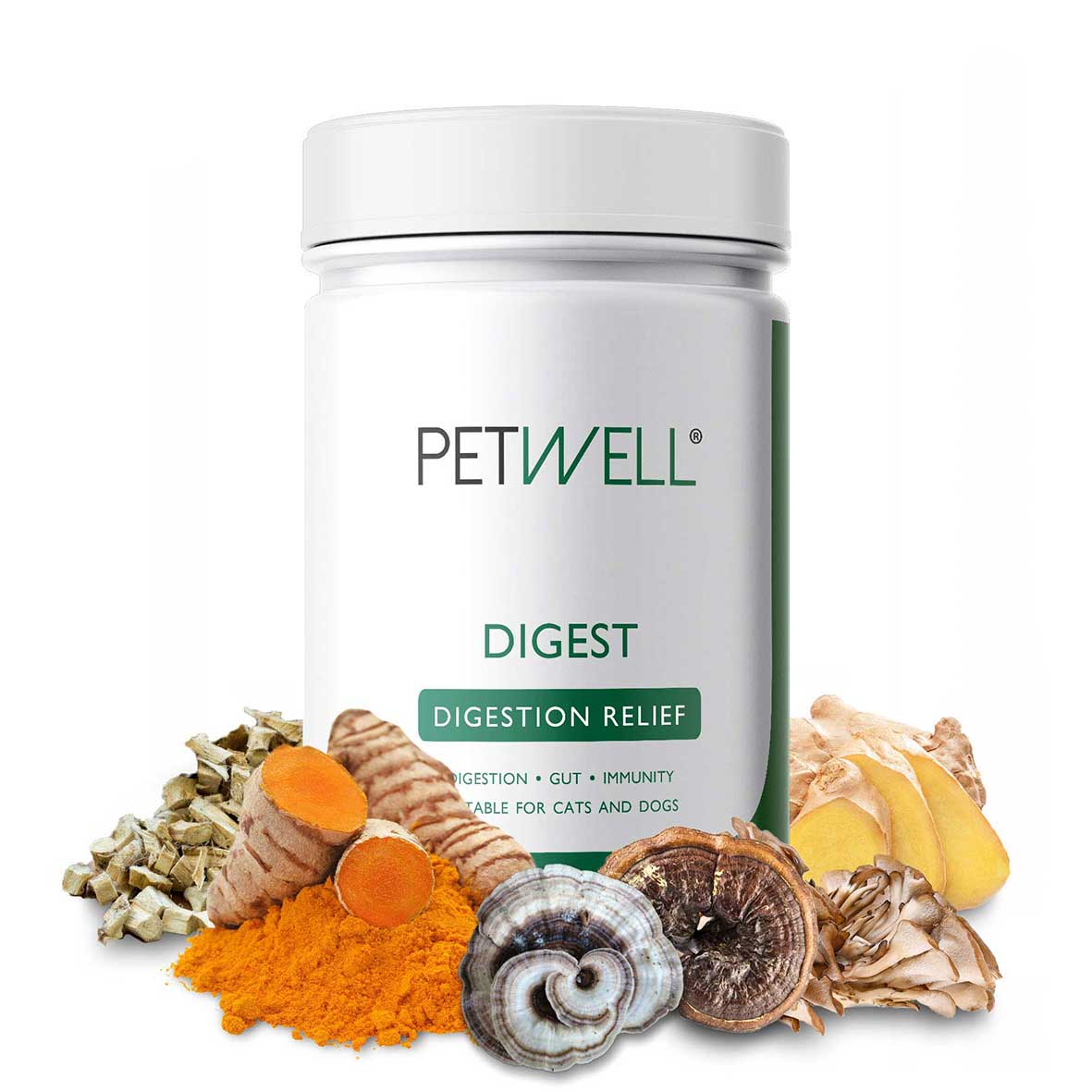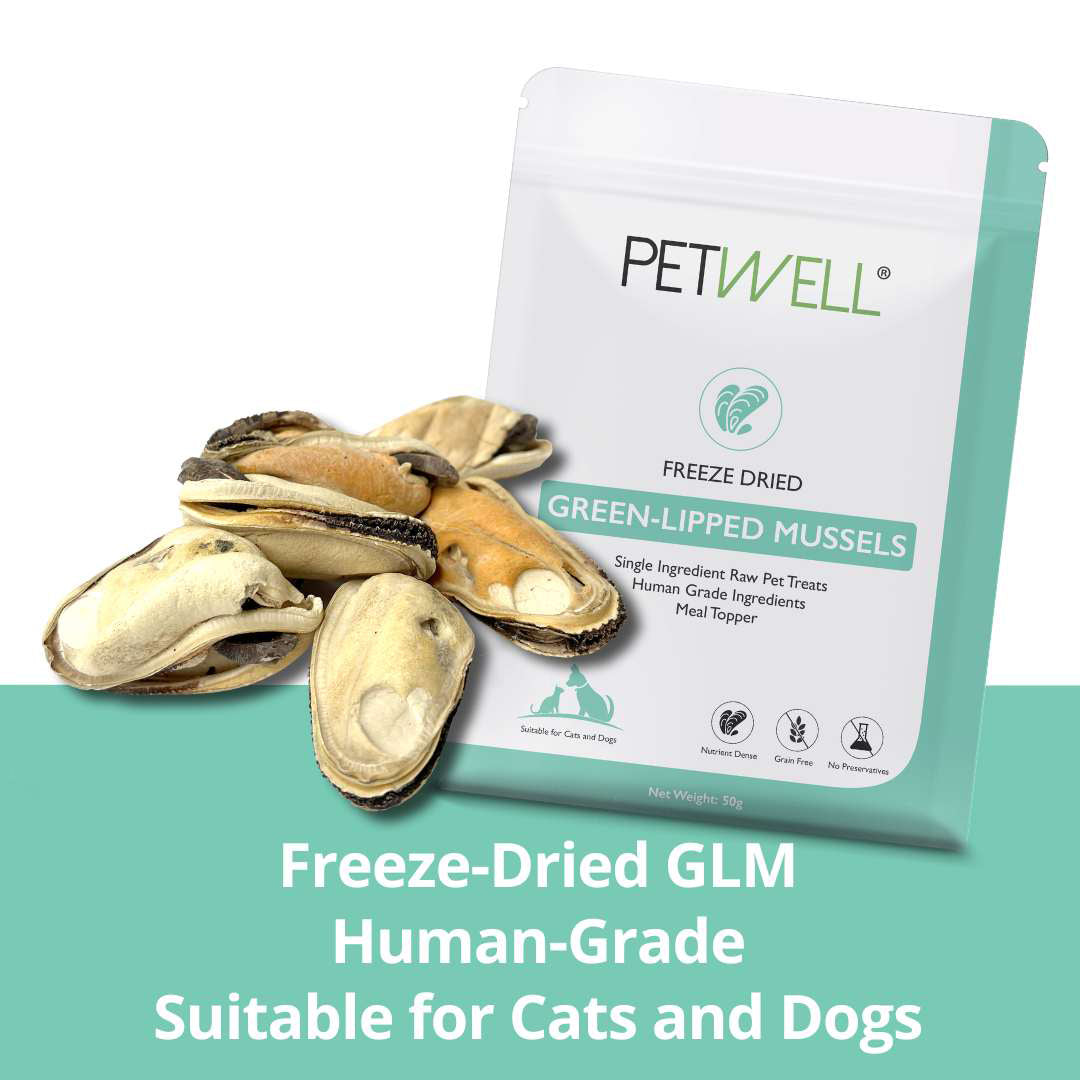Quick Take: Ever wonder how dogs and cats get worms and how to prevent them?
Dogs and cats can pick up worms from soil, fleas, raw meat, shared water, and even from their mum at birth.
Prevention is simple: pick up poo promptly, keep fleas under control, feed only safe raw, and speak with a holistic vet for worming advice. A strong gut (say hi to PetWell DIGEST!) makes pets far less appealing to parasites too.
How Do Dogs and Cats Get Worms?
You don’t need a “dirty dog” or “scruffy cat” for worms to appear. Parasites are sneaky, persistent, and opportunistic. Common sources include:
- Soil & sandpits – worm eggs can survive in soil for months, waiting for a curious sniffer or digger.
- Fleas – tiny but mighty, fleas are basically Uber drivers for tapeworms.
- Unsafe raw meat or prey – wildlife or unsafe raw mince may carry worm larvae.
- From mum – puppies and kittens can be born with worms or pick them up through milk.
- Shared water bowls – puddles, park bowls, or slow-cleaned dishes are hotspots for worm eggs.
- Other pets – bum-sniff greetings, shared toys, or grooming each other spread them easily.
Types of Worms in Dogs and Cats
Not all worms are the same, and knowing the difference can help you (and your vet) act fast.
- Roundworms – common in puppies and kittens, cause bloated bellies and poor growth.
- Hookworms – nasty little bloodsuckers that can lead to anaemia, weakness, and weight loss.
- Tapeworms – often spotted as “rice grain” segments near the bum; spread by fleas.
- Whipworms – trickier to spot but cause diarrhoea, weight loss, and dehydration.
- Heartworm – different from intestinal worms. Spread by mosquitoes, heartworm lives in the bloodstream and heart, and is potentially life-threatening. Prevention is key here.
Each worm has its own quirks, but the prevention strategies below help protect against most of them.
How to Prevent Worms in Dogs and Cats
Keeping your pet worm-free is all about consistency, little daily habits that make a big difference.
✔ Pick up poo quickly – worm eggs live inside pet poo and can spread into the soil if left behind. Scooping straight away stops worms from reinfecting your pet or spreading to others.
✔ Wipe down paws and muzzles after outdoor play – pets can pick up worm eggs from soil, grass, or sand. A quick rinse or wipe stops them licking parasites back in.
✔ Work with your vet or holistic vet on a tailored worming plan – lifestyle, age, and diet all affect risk.
✔ Safe raw feeding – if you feed raw, stick to human-grade meat only. Freeze for 3–7 days before serving to kill off parasites, thaw safely in the fridge, and keep raw meat utensils separate.
✔ Fresh water only – standing water (like puddles) can harbour worm eggs or other nasties. Carry your own travel bowl and refresh drinking water daily.
✔ Gut support – worms love a weak tummy. A strong digestive system helps your pet resist parasites naturally. PetWell DIGEST powder and DIGEST + Kangaroo treats are designed to keep your pet’s gut in balance and less attractive to freeloaders.
✔ Wash bedding and toys regularly – worm eggs can cling to soft surfaces. A hot wash helps break the cycle.
✔ Keep play areas clean – sandpits and backyards are hotspots. Cover sandpits when not in use and regularly hose down high-traffic spots.
✔ Avoid scavenging – keep an eye out on walks. Eating dead wildlife, raw scraps, or “mystery snacks” can introduce worm larvae.
✔ Separate feeding areas in multi-pet homes – sharing bowls or grooming each other can spread parasites.
Pro tip: Don’t go it alone. A holistic vet will tailor a worming plan to your pet’s age, lifestyle, and diet.
When to See the Vet
Book a check-up if your dog or cat shows:
- Persistent diarrhoea or vomiting
- Weight loss despite a good appetite
- A bloated belly (especially in young pups or kittens)
- Worms or “rice grain” segments near the bum
- Pale gums, lethargy, or unexplained coughing (possible hookworm or heartworm signs)
FAQs
Can indoor pets get worms?
Yes. Even indoor pets can get them through fleas, unsafe raw meat, or passed down from mum. Worm eggs are sneaky and don’t need your pet to roam outdoors.
How often should I worm my pet in Australia?
Every dog is different. A city-based Cavoodle who never sees wildlife may not need the same worming schedule as a farm Kelpie who snacks on roo poo. The best path is to support their gut naturally every day and partner with a holistic vet to tailor worming to your pet’s lifestyle.
Can humans catch worms from pets?
Yes, some types (like roundworm and hookworm) can infect people. Quick poo pick-up, flea control, and regular worming protect the whole household.
Are natural worm remedies effective?
Some herbs and foods are being studied (e.g., pumpkin seeds, garlic, medicinal mushrooms(found in PetWell DIGEST)). Always work with a holistic vet if you’re exploring natural support.
Are worms common in Australia?
Very. Our warm climate, sandy soils, and high flea populations make conditions perfect for parasites. That’s why year-round prevention is so important.
What do worms look like in dog or cat poo?
Tapeworms often look like rice grains. Roundworms look like spaghetti. If you see anything suspicious, collect a sample and head to the vet.
Read more on How to Keep Your Pet Healthy and Happy
Summary
Worms are common but preventable for dogs and cats. By keeping on top of poo pick-up, flea control, safe feeding, and regular vet checks, you can stop parasites in their tracks.
And with a strong gut, supported by PetWell DIGEST, your pet is naturally better equipped to resist unwelcome freeloaders. Because the best defence starts in the tummy.
Disclaimer: The entire contents of PetWell emails and website are not to be taken as medical advice. The team at Pet Squad Pty Ltd trading as PetWell encourages you to make your own pet health care decisions based on your research and in partnership with a qualified pet healthcare professional.
Posted By Ayda Hornak - Trained in Canine Psychology and Natural Animal Nutrition Care
